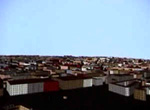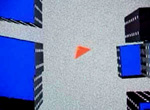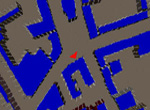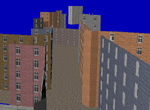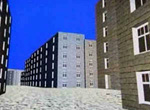Abstract
This paper describes a new algorithm that employs image-based rendering for fast occlusion culling in complex urban environments. It exploits graphics hardware to render and automatically combine a relatively large set of occluders. The algorithm is fast to calculate and therefore also useful for scenes of moderate complexity and walkthroughs with over 20 frames per second. Occlusion is calculated dynamically and does not rely on any visibility precalculation or occluder preselection. Speed-ups of one order of magnitude can be obtained.More Info
Funding: Austrian Science Foundation under contract no. P-13867-INF
Contact: Peter Wonka, Michael Wimmer, Dieter Schmalstieg
Keywords: Visibility preprocessing, occlusion culling, visibility culling, occluder fusion, real-time rendering, urban walkthroughs, urban environments
Videos
Images
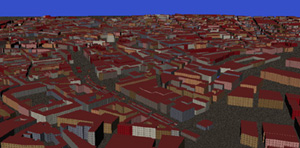 |
|
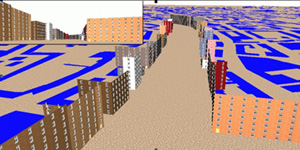 |
|
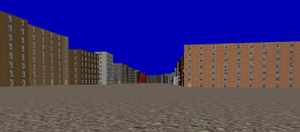 |

